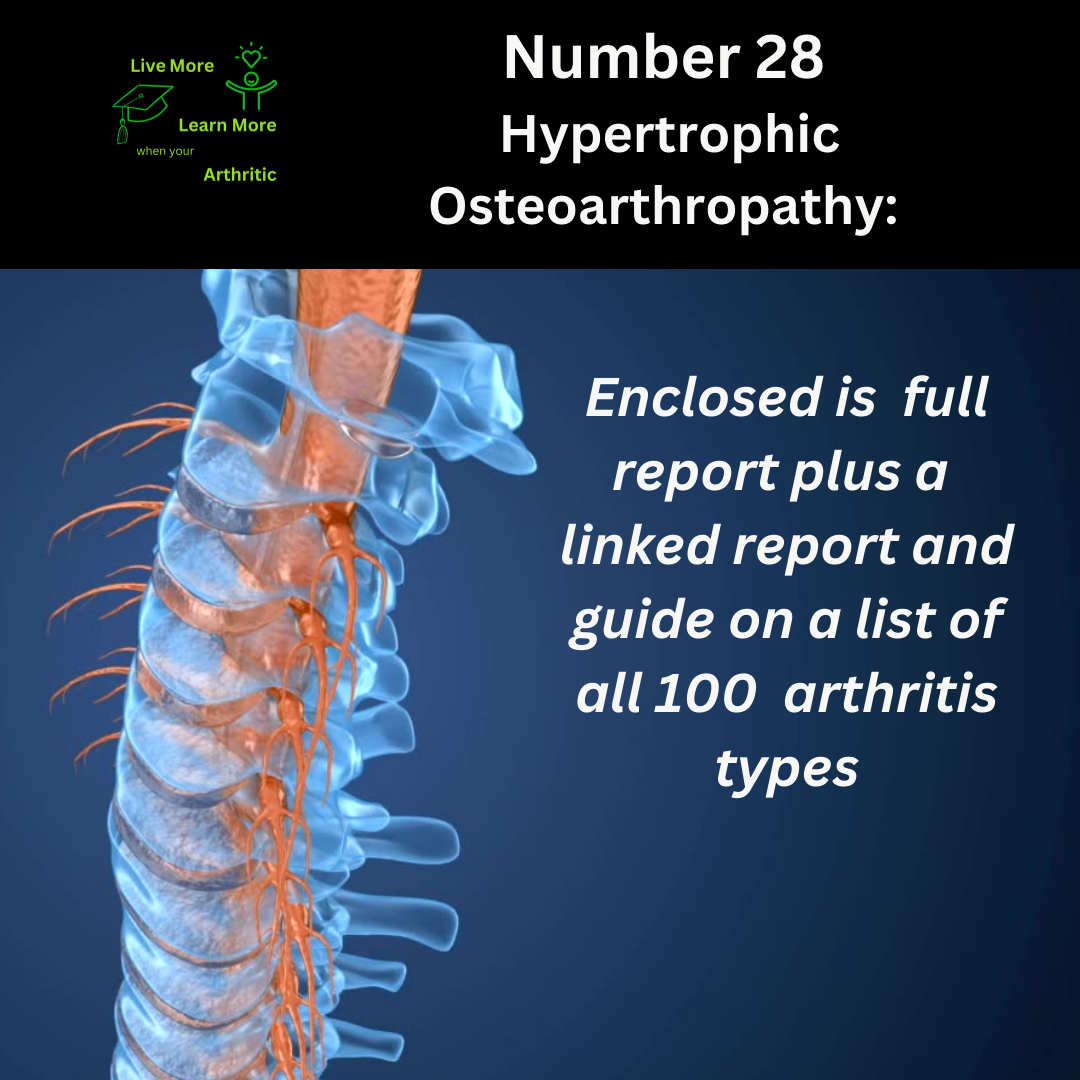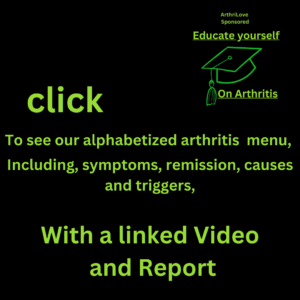
Hypertrophic Osteoarthropathy: Number 28 on the list of 100 types of Arthritis
Understanding Hypertrophic Osteoarthropathy: A Personal and Scientific Exploration
In the world of medical conditions, there are some terms that sound complex and intimidating. Hypertrophic osteoarthropathy (HOA) might be one of those tongue-twisting phrases that make you pause and wonder. But fear not! Let’s dive into this topic with curiosity and clarity, combining emotional understanding with science-backed insights.
Imagine a condition where your body sends distress signals through your bones and joints. That’s what HOA is all about. This rare syndrome affects the bones and joints, leading to abnormal thickening of certain tissues, especially around the joints of the fingers and toes. This can cause swelling, pain, and limited range of motion, making everyday tasks challenging.
Causes and Triggers
Now, let’s get to the root of the matter—what causes HOA? While there are primary and secondary forms, the secondary type is often associated with other underlying conditions like lung cancer or heart disease. The triggers can vary, but often include these serious health issues.
Common Ages of First Onset
HOA doesn’t pick favorites when it comes to age, but it’s more commonly diagnosed in adults between the ages of 40 and 70. However, it can also affect younger individuals.
Effect on Lifespan and Complications
The good news is that HOA itself isn’t life-threatening. However, it’s often linked to other serious illnesses, which can have an impact on life expectancy. The complications can range from respiratory issues to heart problems, depending on the underlying cause.
Autoimmune Connection
Is HOA an autoimmune form of arthritis? The short answer is no. It’s more closely associated with underlying diseases affecting organs like the lungs.
Proactive Approach and Quality of Life
Can you improve your quality of life with a proactive approach? Absolutely! While HOA is complex, managing underlying conditions and maintaining a healthy lifestyle can make a significant difference.
Interconnected Diseases
Speaking of interconnectedness, HOA is often seen alongside conditions like lung cancer, congenital heart disease, or inflammatory bowel disease. Understanding these links is crucial for effective treatment.
 Holistic Approaches and Breakthroughs
Holistic Approaches and Breakthroughs
Now, let’s talk about holistic approaches. While there’s no magic cure, lifestyle changes such as maintaining a healthy diet, regular exercise, and stress management can be beneficial. Some individuals find relief through alternative therapies like acupuncture or meditation.
Gender and Affected Age Groups
Does HOA affect men or women more? It can affect both, but certain underlying conditions leading to HOA might be more prevalent in one gender over another.
In conclusion, understanding HOA is like peeling back the layers of a complex puzzle. It’s not just about bones and joints; it’s about listening to your body and addressing underlying health issues with a blend of modern science and holistic care. By taking a proactive approach and seeking support from healthcare professionals, individuals with HOA can navigate this journey with resilience and hope.
